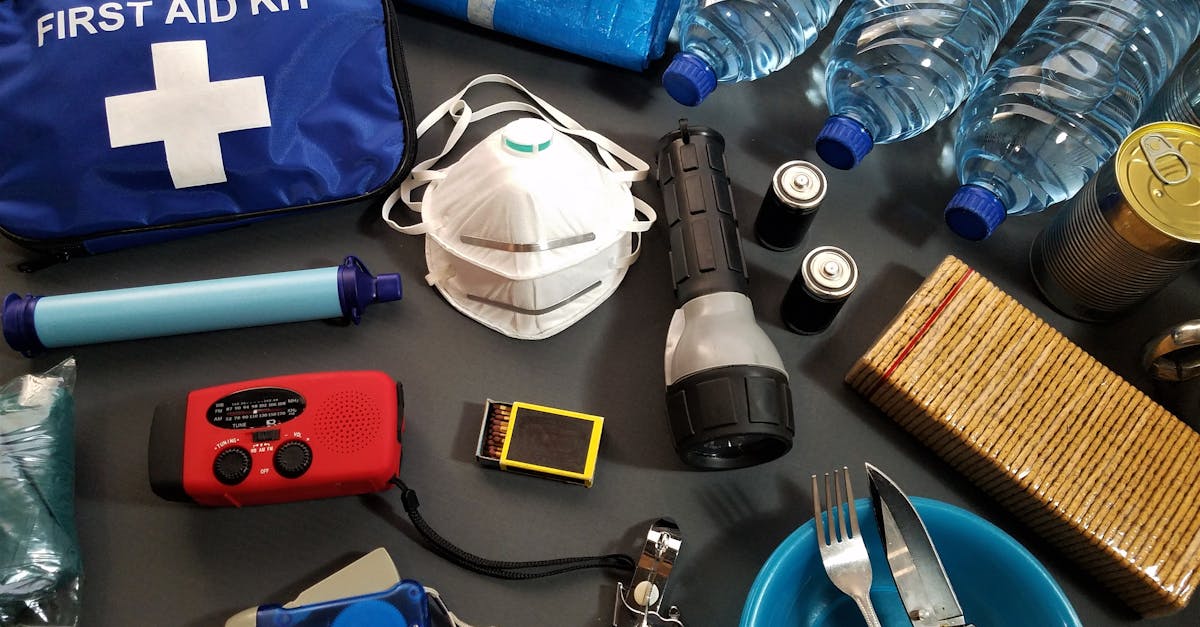Introduction: Be Prepared for the Unexpected
Imagine you wake up to the sound of a blaring emergency siren. You rush to gather essentials, ensuring your family is safe, and then you hear the faint bark or meow of your beloved pet. Are you prepared to take care of your furry friend in case of an emergency? Emergencies can occur without notice—from natural disasters like hurricanes and earthquakes to more localized events such as house fires or medical emergencies. Just as you would prepare an emergency supply kit for yourself and your family, creating a pet emergency supply kit is essential to ensure your animal companions are cared for during a crisis.
The information in this blog post aims to guide pet owners in harnessing the what, why, and how of compiling a comprehensive emergency supply kit for pets. Following these guidelines might mean the difference between life and death for your four-legged, feathered, or scaly family members.
Why Is a Pet Emergency Supply Kit Essential?
The Importance of Preparation
In an emergency, the primary instinct is often to protect ourselves and our loved ones. However, remembering the needs of your pets can add an extra layer of complexity. Pets can’t verbally communicate their needs and cannot prepare for emergencies on their own. They rely entirely on their human caregivers. Thus, having a well-prepared pet emergency supply kit ensures that their needs are met, even under the harshest conditions.
Avoiding Extra Stress During Emergencies
In the chaos of an emergency, not knowing whether you have everything your pet needs can add unnecessary stress. A pet emergency supply kit, prepared in advance, ensures you have all necessities at your fingertips, avoiding last-minute scrambles that could put both you and your pet at risk.
Creating a Comprehensive Pet Emergency Supply Kit
Identify Essential Items
To start, let’s break down the fundamental items you should include in a pet emergency supply kit:
- Food and Water: Ensure you have a week’s supply of pet food and water. Opt for dehydrated or freeze-dried food as they have a longer shelf life. Don’t forget collapsible food and water dishes.
- Medications: Include a supply of any medications your pet needs, along with a copy of veterinary prescriptions.
- First Aid Kit: A basic first aid kit tailored to your pet’s needs, including bandages, antiseptics, and tweezers.
- Identification: Copies of your pet’s identification, recent photographs, and a microchip information sheet.
- Shelter and Comfort: Portable shelters, blankets, and pet-friendly toys.
- Sanitation: Include plastic bags, litter boxes, and paper towels.
- Leash, Harness, and Carrier: Ensure you have the necessary tools to safely transport your pet.
Detailed Checklist for Your Pet Emergency Supply Kit
Here’s a more detailed checklist tailored to various types of pets:
For Dogs and Cats
- Food and Water: Pack non-perishable food and matching water supply for at least one week.
- Medications and Medical Records: Any prescription medications and a copy of medical records, including proof of rabies vaccination.
- First Aid Kit: Pet-specific items like gauze, sticky tape, elastic bandages, antibiotic ointments, scissors, tweezers, and saline solution.
- Identification and Important Documents: A recent photo, copies of identification tags, microchip information, and a list of emergency contacts.
- Sanitation: Waste bags, litter box with litter, scoop, and pee pads.
- Comfort Items: Blankets, toys, and beds.
- Leashes, Harnesses, and Carriers: Escape-proof leashes, harnesses, and carriers.
For Small Animals (Rabbits, Guinea Pigs, etc.)
- Food: A week’s supply of pellets, hay, and fresh vegetables.
- Water: Bottled water and a portable water bottle.
- Carrier: A spacious and ventilated carrier.
- Sanitation: Litter pan, absorbent bedding, and trash bags.
- Comfort Items: Chew toys, blankets, and hides.
For Birds
- Food: At least a week’s supply of birdseed and dried fruit.
- Water: Bottled water.
- Carrier: A secure and ventilated cage or carrier.
- Identification: Leg band or microchip documents.
- Comfort: Perches, toys, and covers.
For Reptiles
- Food: Non-perishable food items such as dried insects.
- Heat Source: Heat lamps or pads, and backup batteries.
- Water: Water purification tablets.
- Carrier: A secure, temperature-controlled carrier.
- Sanitation: Paper towels and disposable litter.
How to Maintain and Update the Kit
Regular Inspections
Ensuring the longevity and efficiency of your emergency kit requires regular checks and updates. Every six months, inspect your kit:
- Remove expired food and replace it.
- Check the condition of medications.
- Update identification and veterinary records.
- Replace batteries in any electronic devices.
Tailoring to Changing Needs
Pets’ needs can evolve over time. For example, a puppy’s requirements are vastly different from those of an elderly dog. Adapt your kit to reflect these changes:
- Life Stage Changes: Adjust food and medication supplies.
- Health Changes: Add or remove medications based on current medical needs.
- Seasonal Changes: Include climate-appropriate items like cooling mats in summer and extra blankets in winter.
Conclusion: Take Action Now
Emergencies can happen when least expected, but being prepared can make a world of difference. Ensuring that your pets have their own emergency supply kit is as crucial as having one for human family members. By taking the time to assemble a comprehensive kit, regularly updating it, and tailoring it to meet your pet’s unique needs, you are providing your pets with a higher chance of living through an emergency safely.
As the saying goes, “Failing to prepare is preparing to fail.” Don’t leave your pets’ well-being to chance. Act now, and you’ll have peace of mind knowing you’re ready to care for your beloved companions no matter what life throws your way.
For more details on specific emergency preparedness plans and additional pet care resources, the American Red Cross provides invaluable information.
Stay prepared, stay safe, and keep your furry, feathered, or scaly friends close! 🐶🐱🦜









